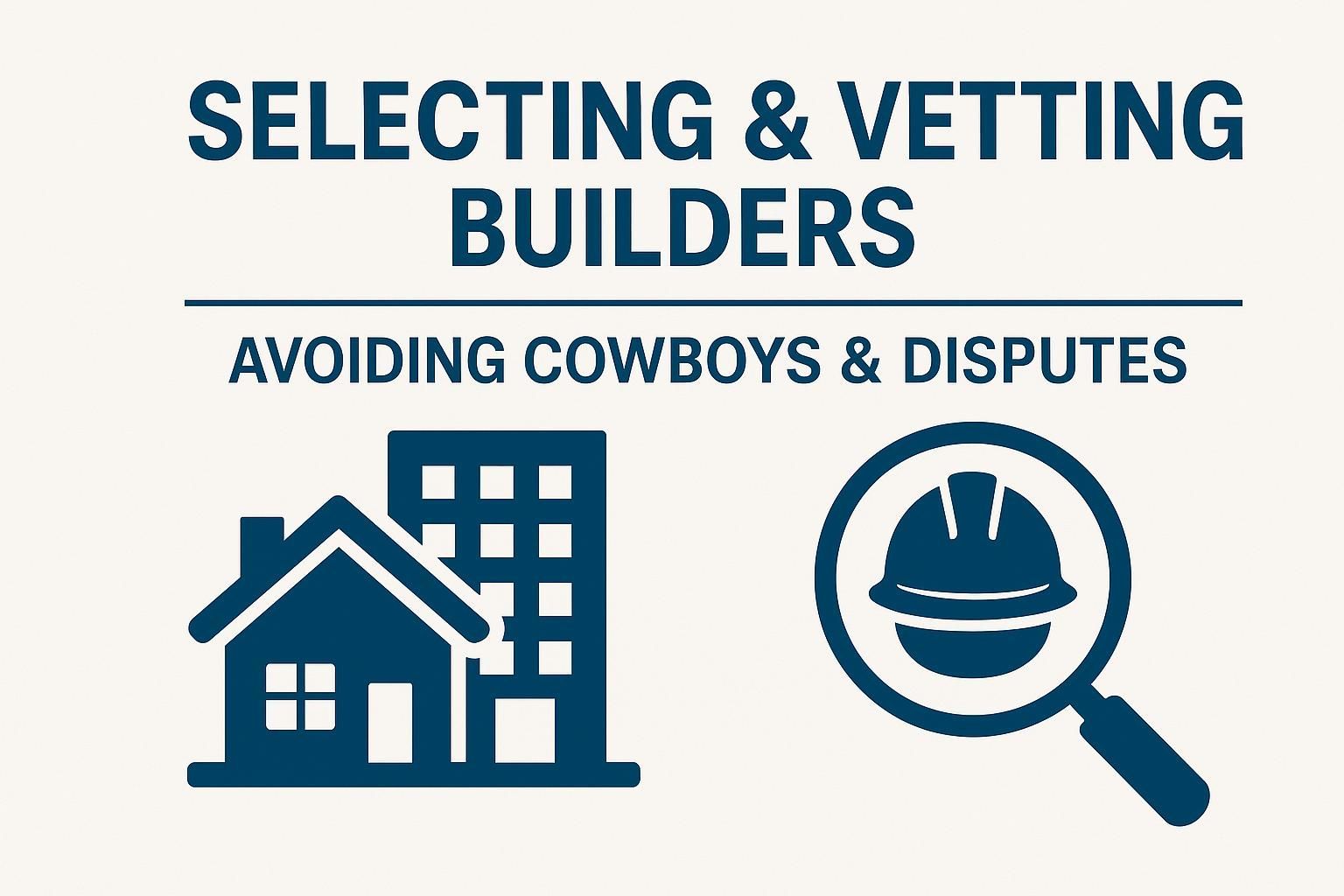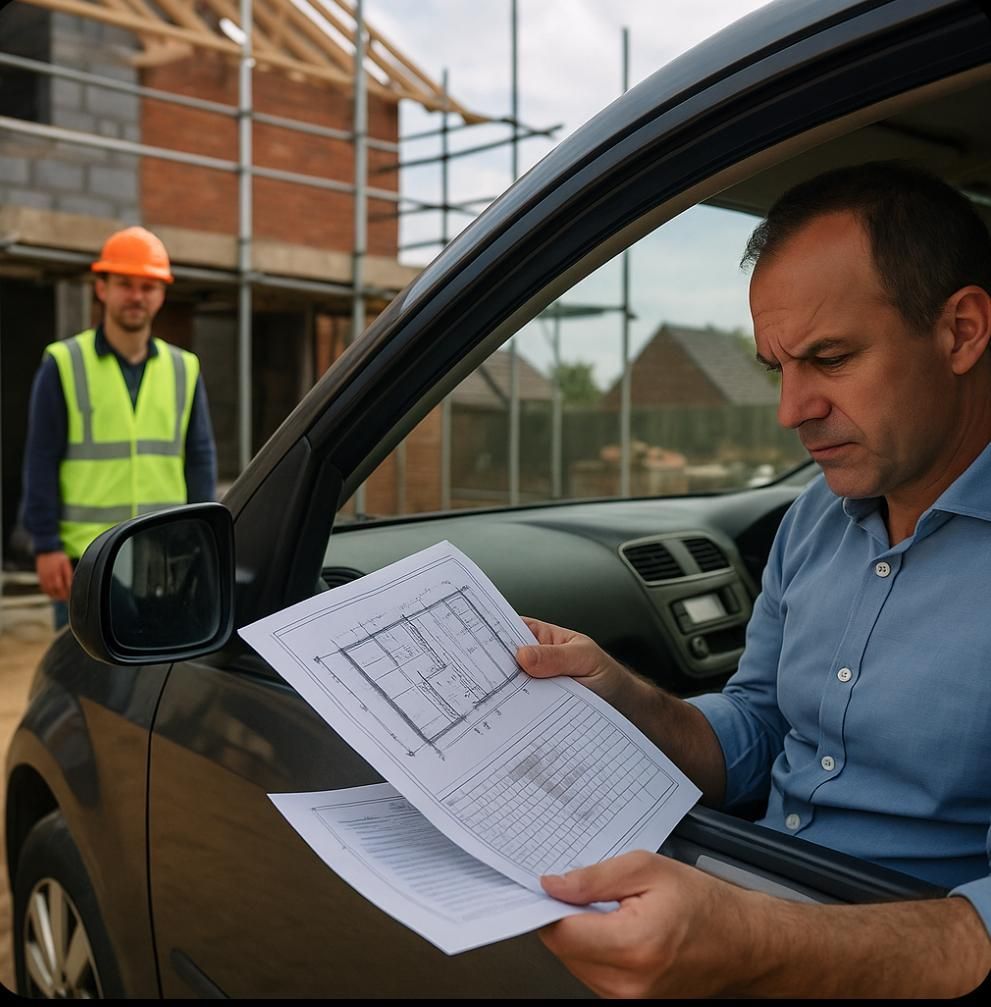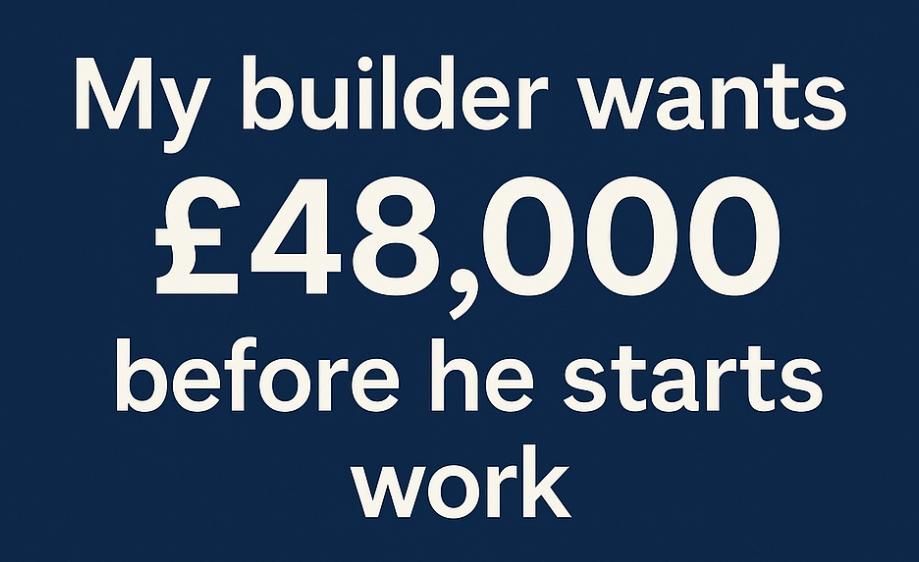Storm Éowyn: How to Storm-Proof Your Home
Essential Tips for Securing Your Property Against Extreme Weather

Introduction: The Importance of Storm-Proofing Your Home
With Storm Éowyn currently battering the United Kingdom with winds up to 100 miles per hour and heavy rain, the importance of storm-proofing your home has never been more apparent. As extreme weather events become more frequent due to climate change, it is essential to take proactive measures to protect your property and ensure your family’s safety. This guide will help you identify key areas to strengthen and provide practical advice to safeguard your home against high winds and heavy rain.
Assessing Vulnerabilities: Know Your Home’s Weak Points
Begin by identifying areas of your home that are most vulnerable to storm damage. This includes inspecting for loose roof tiles, weak fences, and any structural issues that could worsen during a storm. Early identification of these weak points can significantly reduce the risk of damage.
Securing Windows and Doors: First Line of Defence
Ensure all windows and doors are properly sealed and secure. Storm shutters are an effective way to protect your home, and reinforcing existing windows and doors can provide additional security against high winds and debris.
Roof and Gutter Maintenance: Preventing Leaks and Damage
Regularly inspect your roof for damaged or missing tiles. Clearing your gutters of debris is essential to prevent water buildup, which could cause leaks or structural damage during heavy rain.
Outdoor Areas: Securing Loose Items and Structures
Anchor or store away outdoor furniture, tools, and decorations that could become dangerous in high winds. Pay particular attention to large trees near your property, as these pose a significant risk of falling and causing damage during severe storms.
Protecting Vehicles: Avoiding Damage from Loose Tiles and Debris
Vehicles parked in driveways are vulnerable to damage from falling roof tiles and other debris. Whenever possible, park vehicles in a garage or away from areas prone to falling objects.
Emergency Preparedness: What to Have on Hand
Assemble an emergency kit containing essential items such as torches, batteries, bottled water, and a first aid kit. Preparing in advance will help you and your family remain safe and comfortable in the event of power outages or other disruptions.
Handling Damage: Expediting Insurance Claims
If your property sustains damage, it is crucial to expedite your insurance claim. Keep all important documents accessible and take photographs of any damage as evidence. Promptly notifying your insurer will help to ensure a quicker response and repair process.
Conclusion: Staying Safe During Storms
Storm-proofing your home is a vital step in protecting your property and your loved ones from the increasing threat of severe weather. By taking these proactive measures, you can minimise damage and create a safer living environment. With Storm Éowyn serving as a timely reminder, there is no better time to prepare your home for adverse weather conditions.



